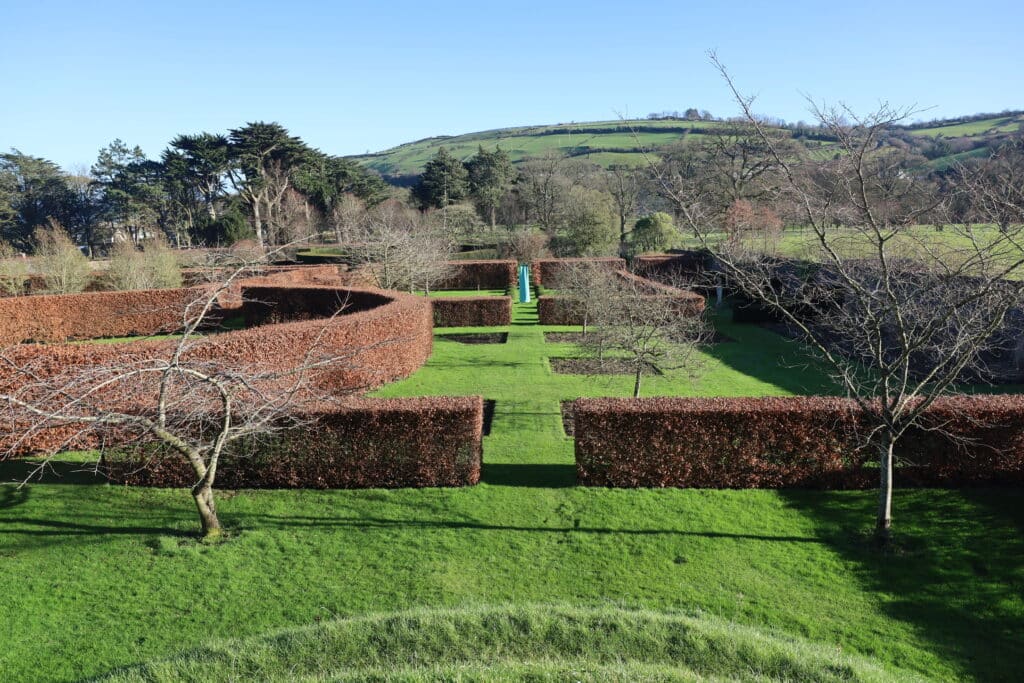Nights are beginning to cool now and so we are making preparations for the autumn and winter. We have been growing many different types of standard; Fuchsia, Heliotrope, Lantana, Phymosia, Abutilon, Cantua, Clianthus and Streptosolen. Most of these have not reached their full height despite regular potting on and feeding with a high nitrogenous liquid feed. Ideally, we would like to maintain a minimum winter temperature of 12oC, so we have made a heated bench which we can insulate by hanging sheets of bubble wrap from the ridge of the glasshouse. We can augment the heating with a small paraffin heater, which we hope will provide the cheapest option. Next year, they will reach their full height and we can stop them and create the branched heads.
Outside, we are preparing to renovate the Central Borders. We will lift and divide the plants we have, clean them of any weeds and then re-plant them into a reserve border. Then we will dig through the remaining soil to clean the ground of any bindweed and ground-elder before adding manure at the rate of 100 tonnes per acre, (a foot deep), in several thin layers. The new soil level will be quite high, but within a season, it will diminish as the manure is rendered down. The new planting will be a balanced one of pink and white with a little blue throughout.
Elsewhere in the garden, the Nerines are beginning to show and the Castle Border, planted with annuals, is at least colourful but somewhat underwhelming in terms of growth. The dry summer is probably the reason for the lack of height to most of the planting.
Because the summer was dry, the Medlars have only now put out enough new growth to prune. We try to equalize the growth by pruning a medium thick shoot to about five buds, a thinner than average shoot harder to three buds and a thicker, stronger shoot, longer to seven or eight buds. Next year the growth should be more even. We have taken cuttings of the climbing daisy, Senecio glastifolius to thicken the planting next year and as we prune the Medlars, we are tying in the long shoots of the Senecio to prevent them being damaged in the winter winds.






